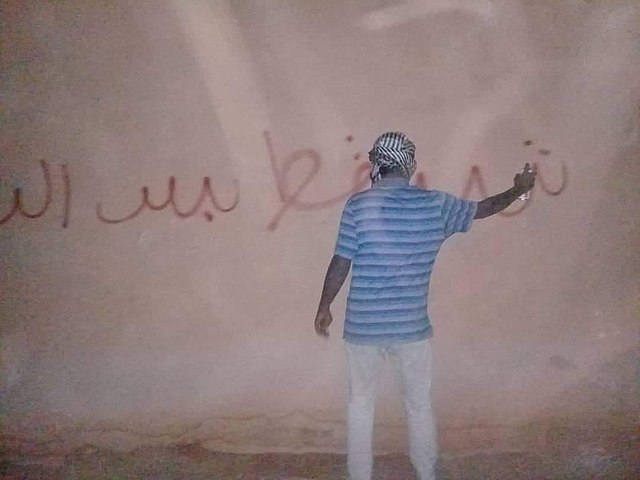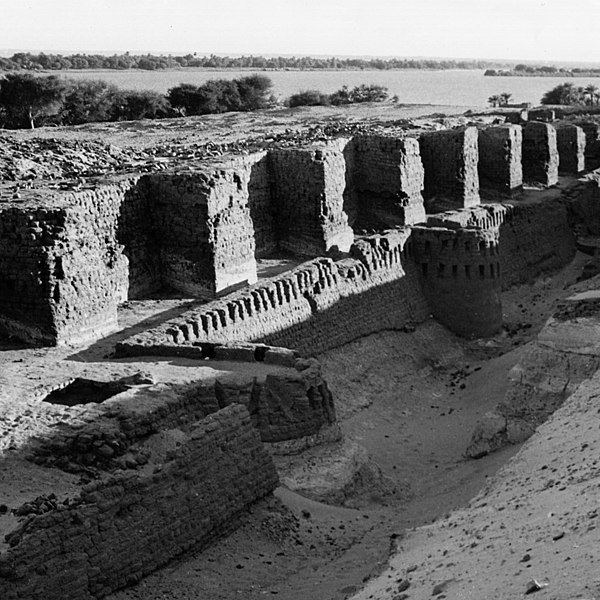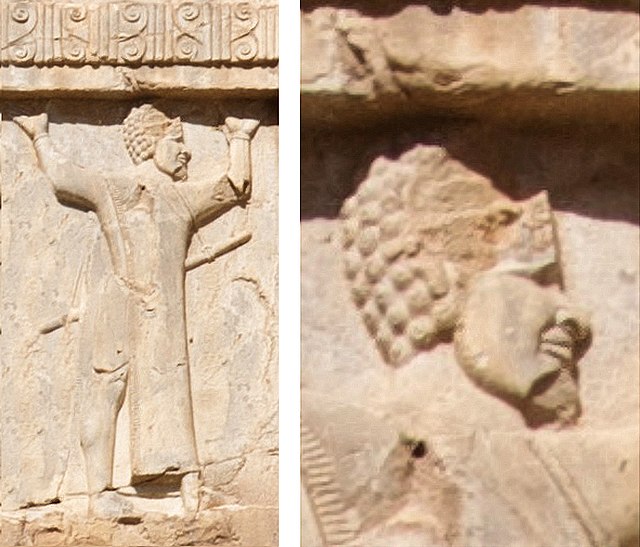The Sudanese Revolution was a major shift of political power in Sudan that started with street protests throughout Sudan on 19 December 2018 and continued with sustained civil disobedience for about eight months, during which the 2019 Sudanese coup d'état deposed President Omar al-Bashir on 11 April after thirty years in power, 3 June Khartoum massacre took place under the leadership of the Transitional Military Council (TMC) that replaced al-Bashir, and in July and August 2019 the TMC and the Forces of Freedom and Change alliance (FFC) signed a Political Agreement and a Draft Constitutional Declaration legally defining a planned 39-month phase of transitional state institutions and procedures to return Sudan to a civilian democracy.
Protesters on the train from Atbara to Khartoum
A Sudanese sprays a revolutionary slogan at a wall
Women participation during the revolution was key to its success (photo: Kandake of the Sudanese Revolution by Lana H. Haroun).
Anti-Omar al-Bashir revolutionary street stencil in Khartoum.
Sudan, officially the Republic of the Sudan, is a country in Northeast Africa. It borders the Central African Republic to the southwest, Chad to the west, Egypt to the north, Eritrea to the northeast, Ethiopia to the southeast, Libya to the northwest, South Sudan to the south, and the Red Sea. It has a population of 45.7 million people as of 2022 and occupies 1,886,068 square kilometres, making it Africa's third-largest country by area and the third-largest by area in the Arab League. It was the largest country by area in Africa and the Arab League until the secession of South Sudan in 2011; since then both titles have been held by Algeria. Its capital and most populous city is Khartoum.
The large mud brick temple, known as the Western Deffufa, in the ancient city of Kerma
Fortress of Buhen, of the Middle Kingdom, reconstructed under the New Kingdom (about 1200 BC)
Nubian pyramids in Meroë
Kušiya soldier of the Achaemenid army, c. 480 BCE. Xerxes I tomb relief.








